The deer mouse, Peromyscus maniculatus, is in a completely different family than the house mouse, Mus musculus. The white-footed mouse, Peromyscus leucopus, is closely related to the deer mouse with similar appearance and habits. The deer mouse is found throughout most of Canada and the United States, with the exception of the southeastern U.S. Instead, the white-footed mouse occupies much of this region.
Physical Characteristics. The deer mouse and the house mouse are roughly the same size, but most people think the deer mouse is “cuter” with its large eyes and ears and two-tone fur. It gets its name because its coloration resembles that of the white-tailed deer — gray or tawny brown above and white below. The photo at left points out deer mouse features that are different from those of the house mouse.
The deer mouse, and sometimes the white-footed mouse, are the mice primarily responsible for transmitting Hantavirus to humans. The virus is found in the saliva, urine and feces of these mice. It is spread to humans mostly when airborne virus particles are inhaled. Human cases occur in sites that have large populations of Peromyscus mice with dusty accumulations of droppings and urine that become airborne when disturbed. In these sites, technicians should take special precautions, including the use of a respirator with a high-efficiency (HE) filter.
Deer Mouse
While the house mouse occupies urban areas, the deer mouse is more common in rural or semi-rural areas. Outdoors, it nests around the roots of trees, under boards or logs, in tree stumps, sheds, garages, in wood piles, and in animal burrows or squirrel or bird nests. Outdoor nests are made of stems, twigs, leaves and roots, and may be lined with feathers or fur. The deer mouse also commonly nests in abandoned vehicles or farm equipment where it chews into upholstered seats and gnaws on electrical wires.
The home range of a deer mouse nesting outdoors can be up to an acre or more. When nesting inside, their foraging range is similar to that of a house mouse, about 30 feet from the nest.
Mouse Behavior. Deer mice don’t hibernate; they actively feed all year long, mostly at night. As winter approaches, they may try to get into homes, garages and other buildings. They are good climbers and can gain entrance to buildings by using trees, shrubs and vines to get into attics or upper levels. Inside, they nest in many of the same locations as house mice. They’re often found nesting in unused stuffed furniture, or in cabinets, boxes or equipment. A favorite indoor nest site is on top of the sill plate in the basement or crawlspace, particularly in the corners.
An indoor deer mouse nest can be more than a foot in diameter and is lined with shredded paper, insulation, strips of cloth or furniture stuffing. Both deer mice and white-footed mice urinate and defecate directly into their nests. When the nest becomes too foul after a few weeks, the female moves on and builds a new nest nearby. This habit can result in infested areas with large numbers of odorous, abandoned nests which also increases the risk of Hantavirus exposure.
Deer mice feed primarily on seeds of all kinds, but will eat other vegetable and animal food such as fruits, flowers, nuts, fungi, berries, insects, worms, slugs, even dead mice and birds. Deer mice are notorious for caching large amounts of seeds and nuts (mostly in the fall) in wall voids, dresser drawers, cabinet voids and other hidden places. They carry this food to their hiding places in cheek pouches. Infestations of stored product pests, like the Indian meal moth, are often traced to food stockpiles abandoned by deer mice.
Control. For the most part, deer mice — or white-footed mice — in buildings are managed much the same way as house mice, but there are some subtle differences. Indoors, inspect potential nesting areas mentioned above. Sites favored for deer mice are drawers and storage cabinets in garages and sheds, attics if there are trees touching the roof, boxes and furniture stored in attics, and corner sill plates in basements and crawlspaces.
Snap traps baited with standard mouse baits will capture deer mice and deer mice also will feed on standard rodenticide baits. However, because of the deer mouse’s habit of carrying off and storing loose bait, make sure to use block baits that are secured.
By Larry Pinto & Sandra Kraft | August 31, 2012
Pest Control Magazine Online

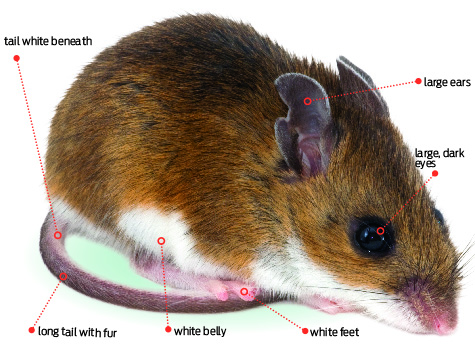
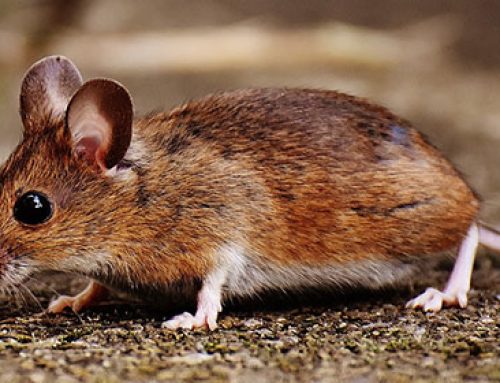
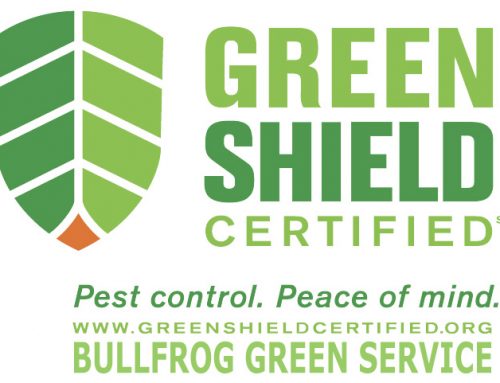
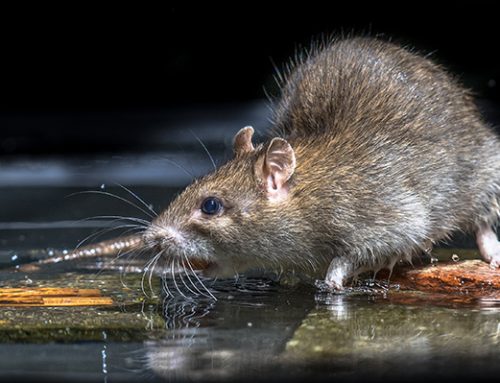
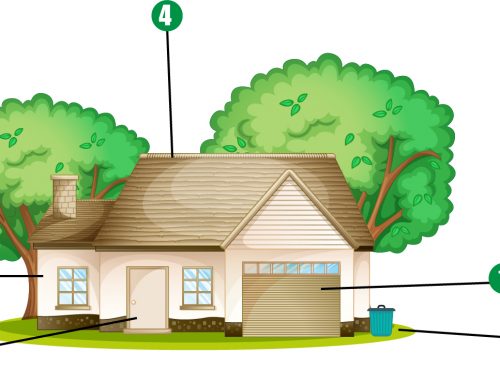
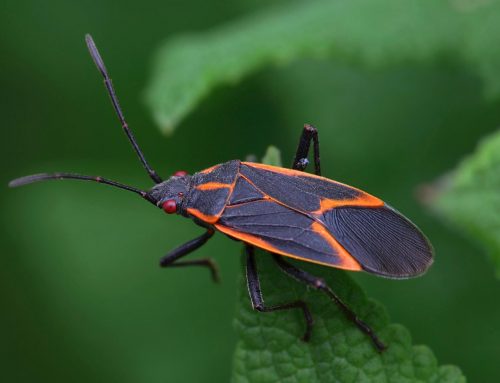
Leave A Comment